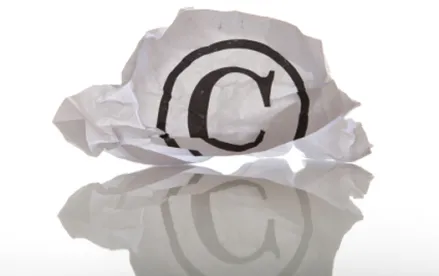The US Court of Appeals for the Federal Circuit re-affirmed that incorrect construction of even a single claim element can be grounds for a new trial on infringement. Network-1 Technologies, Inc. v. Hewlett-Packard Company, Case Nos. 18-2338, -2339, -2395, -2396 (Fed. Cir. Sept. 24, 2020) (Prost, C.J.).
Network-1 Technologies sued Hewlett-Packard (HP) for patent infringement. HP defended on the grounds that the patent was invalid and that it did not infringe. The jury found the patent not infringed and invalid as obvious. Following post-trial motions, the district court denied Network-1’s request for a new trial on infringement but granted its motion for judgment as a matter of law (JMOL) on validity. The court found that HP should have been estopped from raising certain obviousness challenges as a consequence of certain obviousness challenges raised by a third party in a prior inter partes review (IPR) that were essentially the same as HP’s obviousness challenge here. Network-1 appealed the district court’s final judgment that HP did not infringe, arguing that the district court erred in its claim construction. HP cross-appealed on the issues of IPR estoppel under 35 USC § 315(e)(2) and invalidity because of a claim improperly broadened in re-examination.
On appeal, Network-1 contended that the district court erroneously construed the claim terms “main power source” and “low level current.” In order to prevail, Network-1 had to establish not only that at least one jury instruction on claim construction was legally erroneous, but that the error had prejudicial effect. Under Federal Circuit precedent, an incorrect claim construction that removes from the jury a basis on which it reasonably could have reached a different verdict can be an incorrect jury instruction. As the Court explained in Avid Tech. v. Harmonic (Fed. Cir. 2016), “[a]n erroneous claim construction on one element is harmless ‘only if a reasonable jury would have been required by the evidence to find non-infringement even without the error.’”
The Federal Circuit concluded that the district court correctly construed the term “low level current” but erred in its construction of “main power source” to exclude AC power sources on the basis of expert testimony that receipt of AC power by a network device would render it inoperable. The Court deemed this error for two reasons:
-
- Even though the network device cannot receive AC power, the record established that “data nodes” or network switches were commonly used to convert AC power to DC power as needed to power the network device. Because nothing in the patent claims precluded the conversion of AC power to DC power, it was error for the district court to add such a limitation.
- The district court erred by adding a limitation to the claims to carve out certain inoperable embodiments, in this case embodiments that do not convert AC to DC. The Federal Circuit has previously explained that it is improper to add limitations to a claim to exclude only certain inoperable embodiments (Cordis v. Medtronic (Fed. Cir. 2008)). Here, the district court’s construction excluded not only inoperable embodiments, but also operable embodiments (g., the preferred embodiment).
Seeking to avoid a new trial, HP argued that the erroneous claim construction was harmless because HP had presented conclusive evidence that no accused product met the claim limitation “delivering a low level current from said main power source.” The Federal Circuit rejected that argument, noting that it relied on an element not found in the claims (that current be delivered directly from the main power source to the access device) and observing that the district court had expressly rejected HP’s attempt to import this limitation during claim construction. Moreover, Network-1 had presented evidence at trial showing that HP’s products practice this claim limitation. The Court therefore remanded the case for a new trial on infringement using the correct claim construction.
The Federal Circuit also concluded that that the district court erred in granting Network-1’s JMOL of validity on the basis that HP was statutorily estopped from raising certain invalidity challenges, and remanded to the district court to rule on Network-1’s still undecided conditional motion for a new trial on validity.



 />i
/>i
